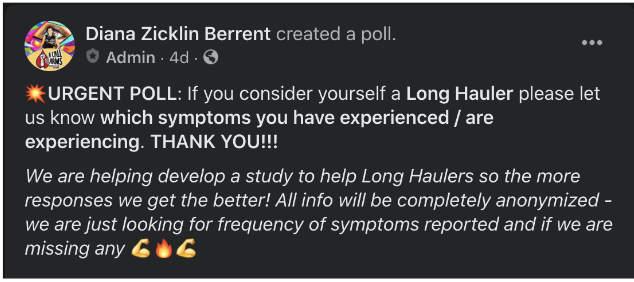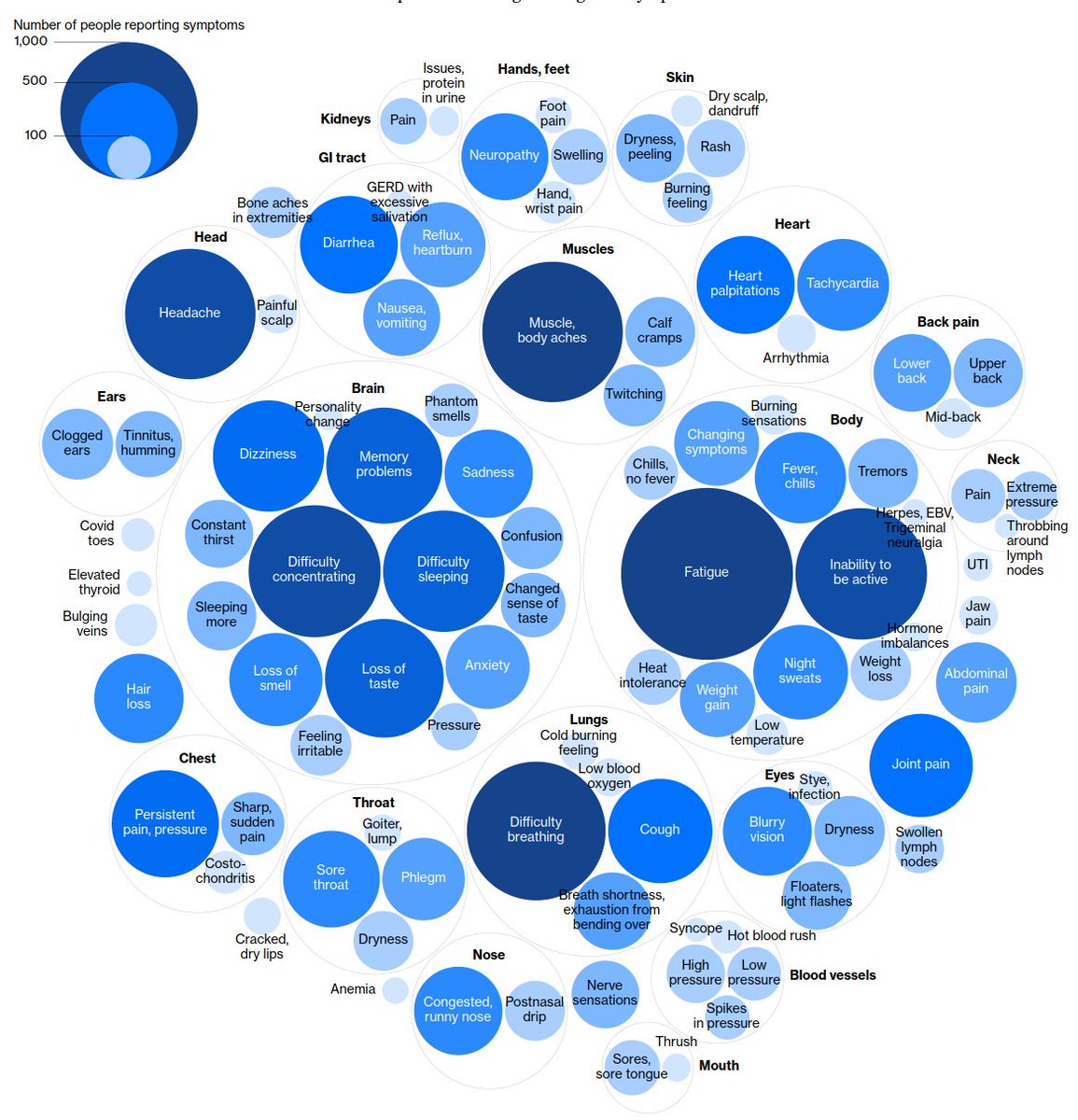
We have entered Phase II (or is it XXII?) of the COVID "discussion": gathering signatures for petitions.
In some sense it is the perfect phase for this moment, which involves remarkably little scientific curiosity or engagement.
Some thoughts. 1/17
In some sense it is the perfect phase for this moment, which involves remarkably little scientific curiosity or engagement.
Some thoughts. 1/17
First let's consider the GBD. This document lays out in concise terms the position that COVID mitigations should focus on vulnerable populations. 2/17
gbdeclaration.org
gbdeclaration.org
It advocates for the one of the most extreme (not a synonym for ridiculous) positions of this form, which is that "life as normal" should immediately resume for younger people.
My least favorite thing about the GBD...
3/17
My least favorite thing about the GBD...
3/17
...is that it does not do more to acknowledge the importance of balancing goals (such as not overwhelming healthcare resources), and that it seems uninterested in identifying any but the most basic measures (like handwashing) to reduce transmission in sustainable ways. 4/17
However:
It is telling, I think, that many responses to this document focus not on it's content, which would not be considered radical without the context of the current political climate, but on theories about political influence. 5/17
It is telling, I think, that many responses to this document focus not on it's content, which would not be considered radical without the context of the current political climate, but on theories about political influence. 5/17
One thing I cannot find in this document is a sentence which clearly misrepresents expert consensus on a scientific question. That is easy to do, on the other hand, for it's counterpart from the "other team", the "John Snow Memorandum". 6/17
johnsnowmemo.com
johnsnowmemo.com
For example, this document claims there is "no evidence" that previous infection from COVID confers lasting protection against future infection.
Experts have in the past had to push back on similar fear-mongering about reinfection from the media.
That will be harder now.
7/17
Experts have in the past had to push back on similar fear-mongering about reinfection from the media.
That will be harder now.
7/17
The authors also imply that strategies accounting for natural immunity would lead to a worse endemic stage for COVID.
(Why? Did the GBD propose to halt vaccine and treatment research? Or is the JSM arguing for ZeroCOVID?) 8/17
8/17
(Why? Did the GBD propose to halt vaccine and treatment research? Or is the JSM arguing for ZeroCOVID?) 8/17
8/17
I do not know why a "war of signatures" can only be waged from extreme positions. In this case, the JSM argues not not just that we can't let our guard down, but that:
"Any pandemic management strategy relying upon immunity from natural infections for COVID-19 is flawed." 9/17
"Any pandemic management strategy relying upon immunity from natural infections for COVID-19 is flawed." 9/17
For example, this position would rule out one of the concrete suggestions from the GBD: prioritizing hiring nursing home workers who had previously been infected with COVID.
Why is "natural immunity" a dirty concept? 10/17
Why is "natural immunity" a dirty concept? 10/17
One thing the JSM definitely does not contain is an assessment of long term costs of mitigations and interventions.
Since they do not explicitly make a comparison between direct consequences from COVID and long-term consequences of containment efforts, 11/17
Since they do not explicitly make a comparison between direct consequences from COVID and long-term consequences of containment efforts, 11/17
it is not clear whether the authors are confident that pursuing containment will prevent more COVID suffering and death than the general suffering and death pursuing containment may cause, or whether they think this question is irrelevant to the question of how to proceed.
12/17
12/17
Indeed, especially for unsustainable mitigations targeting younger populations, it is even possible for some measures to cause increases in COVID deaths. This phenomenon is not addressed in the document. 13/17
https://twitter.com/WesPegden/status/1314544722942320644
The other thing missing from this document (and all others advocating containment) is an appraisal of the likelihood of success in particular countries. The sum total of the feasibility argument provided is that it worked for countries like "Japan, Vietnam and New Zealand". 14/
I have been frequently surprised that highly educated people with domain-relevant expertise see these "arguments-by-analogy" as sufficient to demonstrate that places like the U.S. or Europe are likely to contain COVID.
We are betting lives on these analogies.
15/17
We are betting lives on these analogies.
15/17
Strategic thinking involves the assessment of likely outcomes. When containment is pursued and fails we will have missed better options.
Most importantly, the pursuit of containment is not a logical or ethical consequence of valuing human life.
16/17
Most importantly, the pursuit of containment is not a logical or ethical consequence of valuing human life.
16/17
Finally, it's ironic this document bears John Snow's name. Snow was a pioneer of epidemiology who arrived at a radical data-driven insight and pursued the most targeted epidemic mitigation in history.
He was not familiar with the Swiss Cheese approach to pandemic management. /17
He was not familiar with the Swiss Cheese approach to pandemic management. /17
• • •
Missing some Tweet in this thread? You can try to
force a refresh




